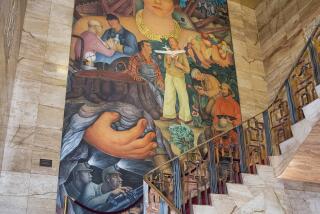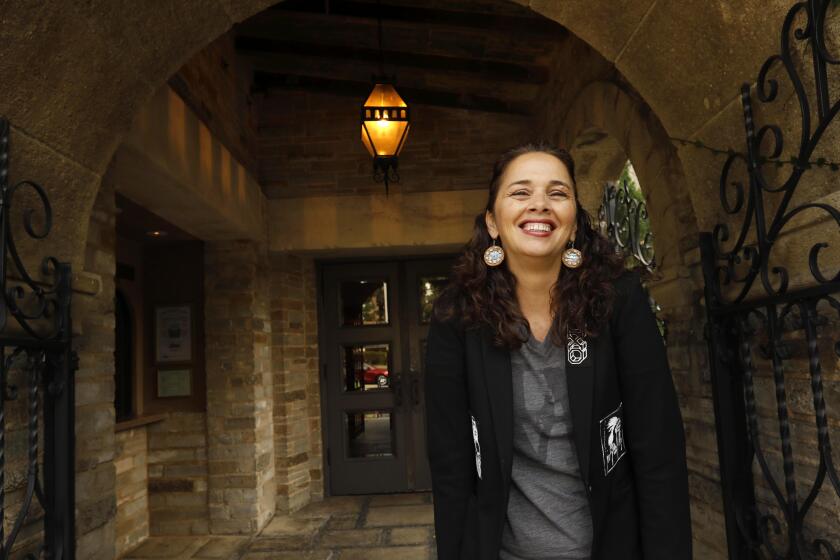Sidebar: The 1700s: A look back at the world that Miguel Cabrera lived in

The world that inspired the art of Miguel Cabrera, and the lost masterpiece of his that was recently acquired by the Los Angeles County Museum of Art, was one that few today would recognize.
“From Spaniard and Morisca, Albino,” a work of art that depicts a mixed-race family, was painted in 1763. At the time, Mexico was still under the Spanish viceroyalty, the American Revolution was yet to come, and corners of the world remained uncharted and virtually unknown.
Cabrera lived from circa 1715 to 1768. That period of time also saw the United States as we know it begin to take shape, a critical advancement for one of the world’s major religions and the discovery of some of the farthest corners of the map.
Below are some key moments in Europe and the Americas during the time Cabrera painted.
1732: George Washington is born in Virginia on Feb. 22. He is one of three U.S. presidents born during this time frame, along with John Adams and Thomas Jefferson. Paul Revere was also born in 1735.
1732: Benjamin Franklin publishes the first version of “Poor Richard’s Almanack.”
1734: George Sale completes the first English translation of the Koran, making the sacred Islamic text available to scholars in Europe and beyond.
1741: Vitus Jonassen Bering, a Danish explorer, first sights Alaska and makes landfall on the Aleutian Islands, discovering the eventual 49th state. He would die after a shipwreck a short time later.
1746: The College of New Jersey, not to be confused with the public university operating in the Garden State today, is founded. You might know the campus today as Princeton University.
1756: Wolfgang Amadeus Mozart is born.
1756: The French and Indian War (also known as the Seven Years War) breaks out and continues until 1763. The international conflict saw British troops and Colonists fighting alongside one another for the last time before the American Revolution.
1760s: As a result of the “Bourbon Reforms” in Spain, the Jesuit order is expelled from various countries of Spanish interest, including Mexico. The decisions sparked protests, and in some places riots, which were put down violently.
Sources: “The Timetables of History, The New Third Revised Edition,” Encyclopedia Britannica, The Metropolitan Museum of Art
Follow @JamesQueallyLAT for breaking news
More to Read
The biggest entertainment stories
Get our big stories about Hollywood, film, television, music, arts, culture and more right in your inbox as soon as they publish.
You may occasionally receive promotional content from the Los Angeles Times.







